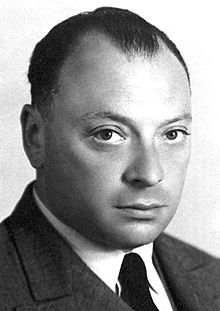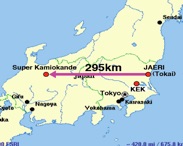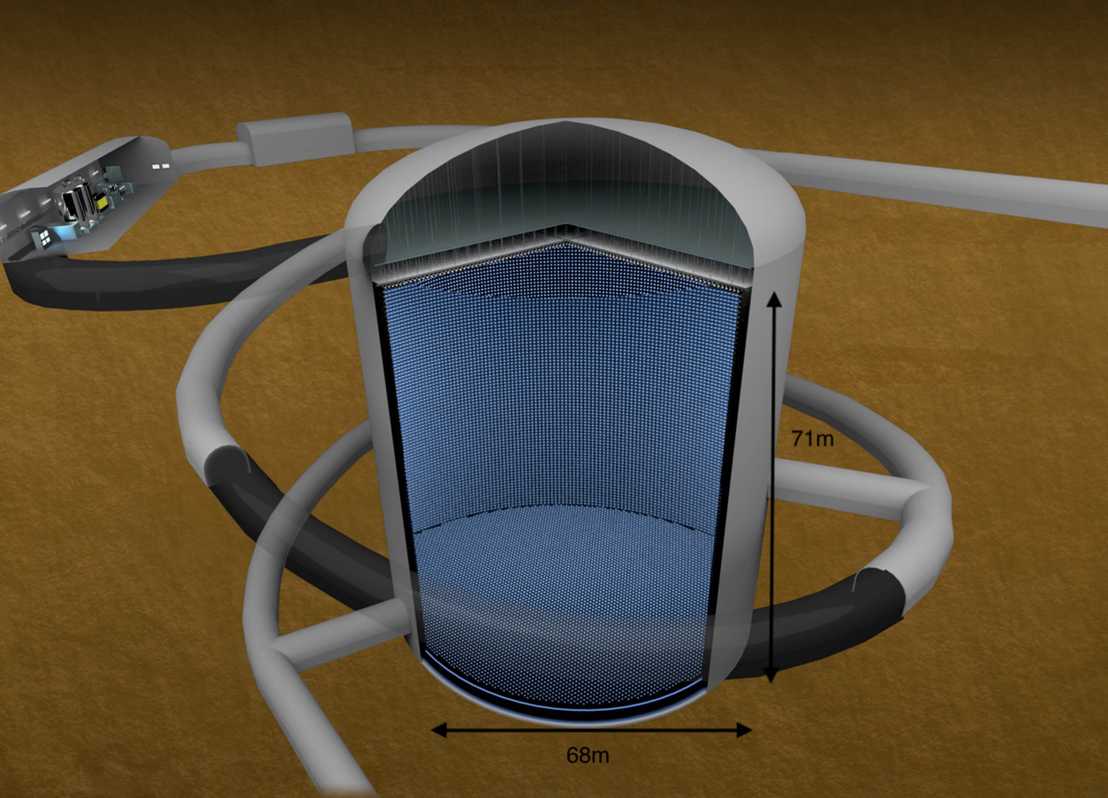Neutrino Physics (T2K, HyperK)

Wolfgang Pauli, at age 30, had a bold idea on how to solve a perplexing problem in nuclear physics. To explain the apparent disappearance of energy in the decay of certain atomic nuclei, he postulated the existence of a neutral, light-weight particle, saving the fundamental law of the conservation of energy. Pauli proposed that “neutrons” could emerge from decay processes, carrying away energy while escaping direct experimental detection.
Worried that nobody would ever be able to observe this particle, Pauli did not dare to publish his invention without consulting some experimental physicists. On December 4, 1930, Pauli wrote an open letter to a group of nuclear physicists, the “dear radioactive ladies and gentlemen,” who were going to meet a few days later in Tübingen, Germany. The document (see inset) is a machine-typed copy that Pauli obtained in 1956 from Lise Meitner, a well-regarded scientist who had attended the Tübingen meeting.
In the early 1930s, scientists elaborated on Pauli’s idea and concluded that the new particle must be extremely light and very weakly interacting. When James Chadwick discovered a neutral particle in 1932, it received the name neutron. But the particle turned out to be too heavy to fit Pauli’s prediction. Enrico Fermi, developing a theory of weakly interacting particles, introduced a new name for Pauli’s particle: neutrino, which means “little neutral one.” A quarter-century later, scientists observed for the first time collisions of neutrinos with matter, the long-sought-after evidence for Pauli’s ghost-like invention.
We are engaged in fore-front research in the field of neutrino oscillations. Below you will find the list of our projects in the field.
Neutrino oscillations were predicted as a theoretical possibility in 1957 by Bruno Pontecorvo, but have only been measured in experiment in the past 20 years. The phenomenon underlies important questions in neutrino physics, such as how neutrino masses arise and what their actual values are. We are now trying to find out is whether neutrino and antineutrino oscillations are the same. If they are not, then CP symmetry is broken.
T2K - Tokai-to-Kamiokande

The external pageT2Kcall_made experiment is a second generation neutrino oscillation experiment using the existing external pageSuper-Kamiokandecall_made experiment as the main detector. T2K is the first "superbeam" long-baseline neutrino oscillation experiment. It will use the world's highest power pulsed proton beam at the J-PARC facility in Tokai and the SuperK detector. Data taking started in 2010. In 2011 the first detection of νμ→νe flavor oscillations was announced.
Hyper-Kamiokande

After the breakthrough discovery of neutrino oscillations in the Super-Kamiokande experiment in 1998, the properties of neutrinos have been determined, one after another, and it has become necessary to update the Standard Model.
In 2011, the T2K experiment, which used a neutrino beam from the high intensity accelerator J-PARC and the Super-Kamiokande detector, confirmed the third neutrino oscillation. Now that all neutrino oscillation modes have been confirmed, the field of neutrino research has opened up for further investigations and discoveries.
Based on the highly sensitive techniques for neutrino observation cultivated over the years, external pageHyper-Kamiokandecall_made represents a further improvement in sensitivity. Hyper-Kamiokande consists of a cylindrical tank, with a water depth of 71m and a diameter of 68m. The fiducial volume of tank is approximately 10 times larger than that of the Super-Kamiokande detector. On the tank wall, 40,000 ultra high sensitivity photosensors have been installed in order to detect the very weak Cherenkov light generated in the water.
